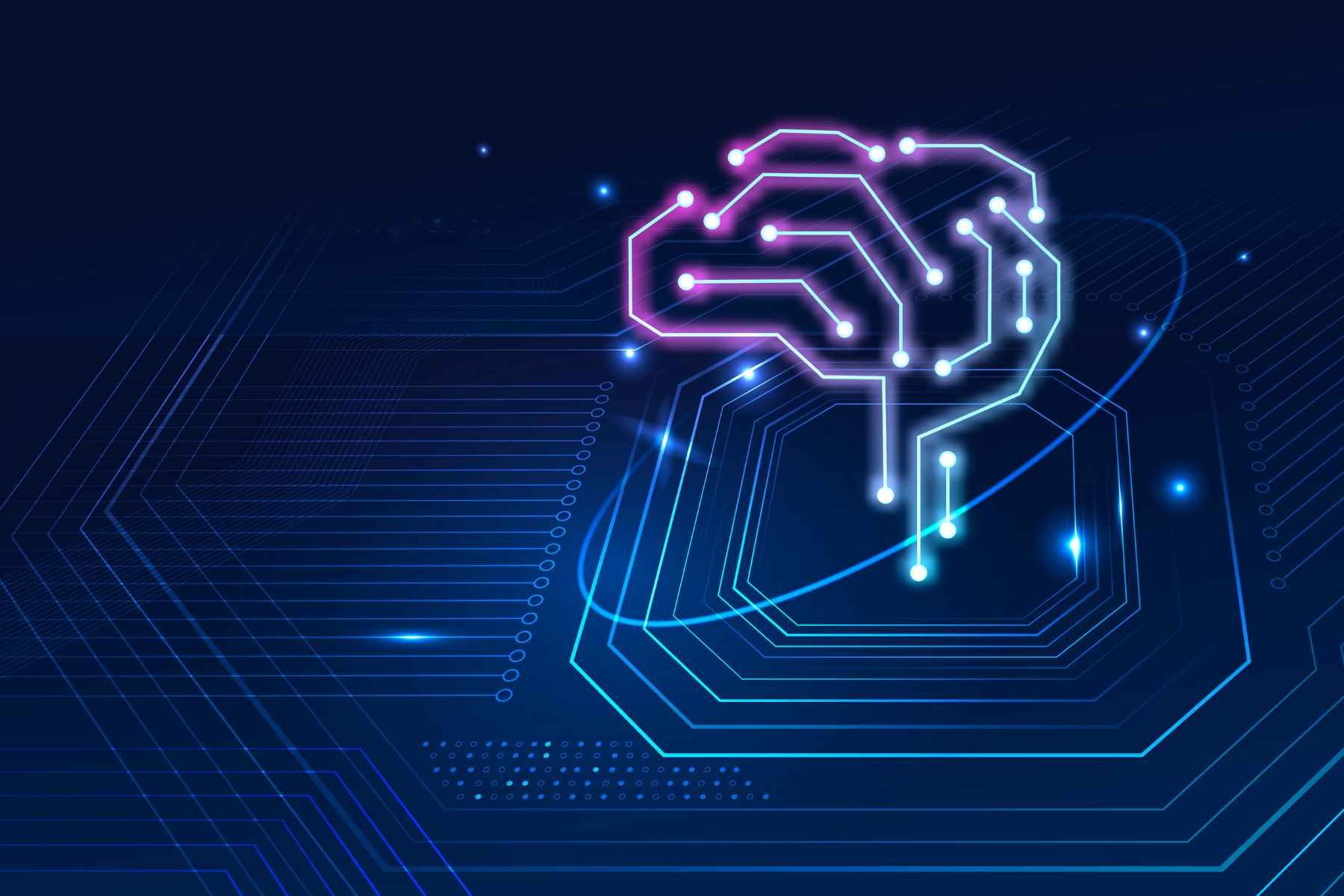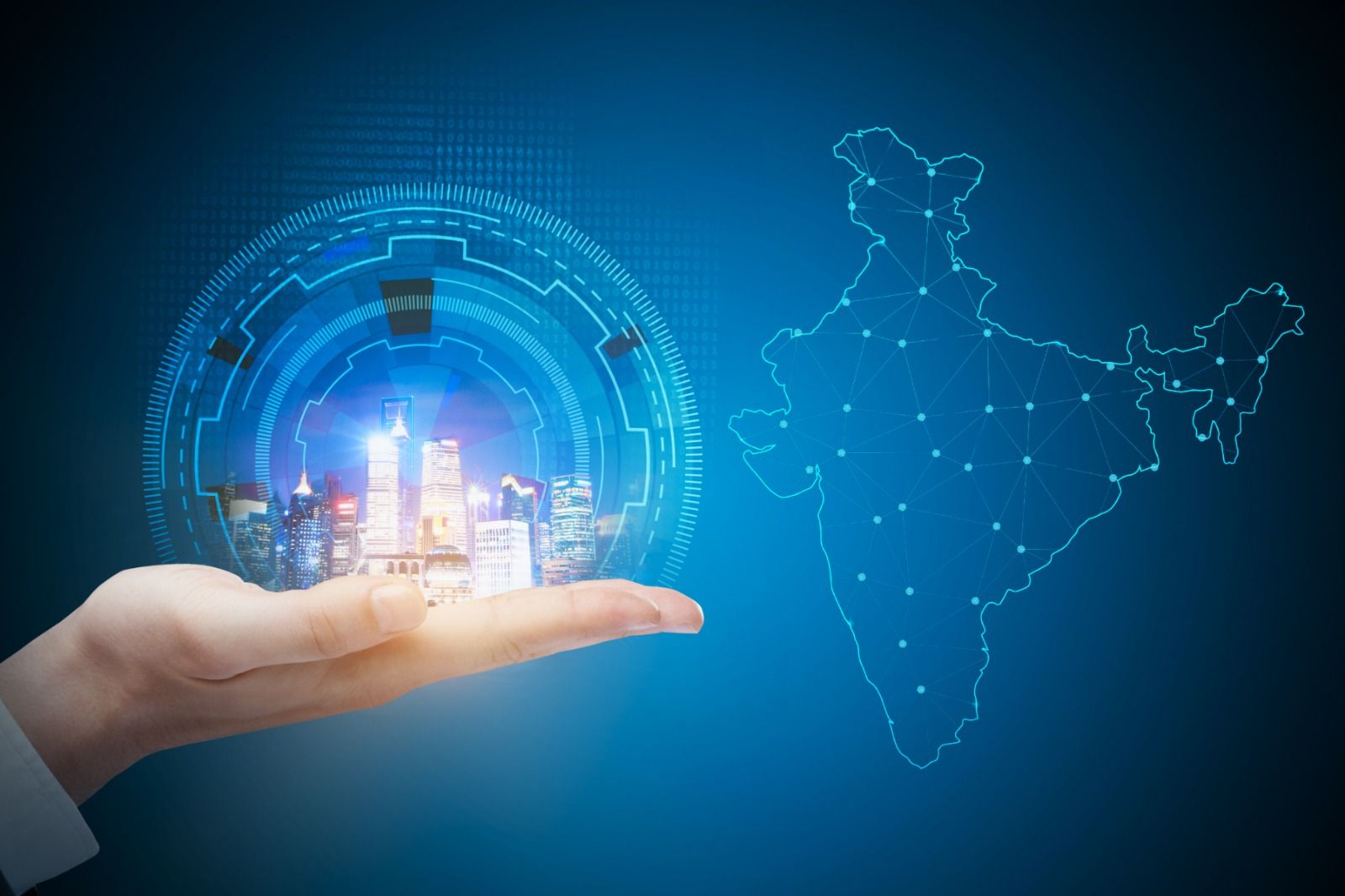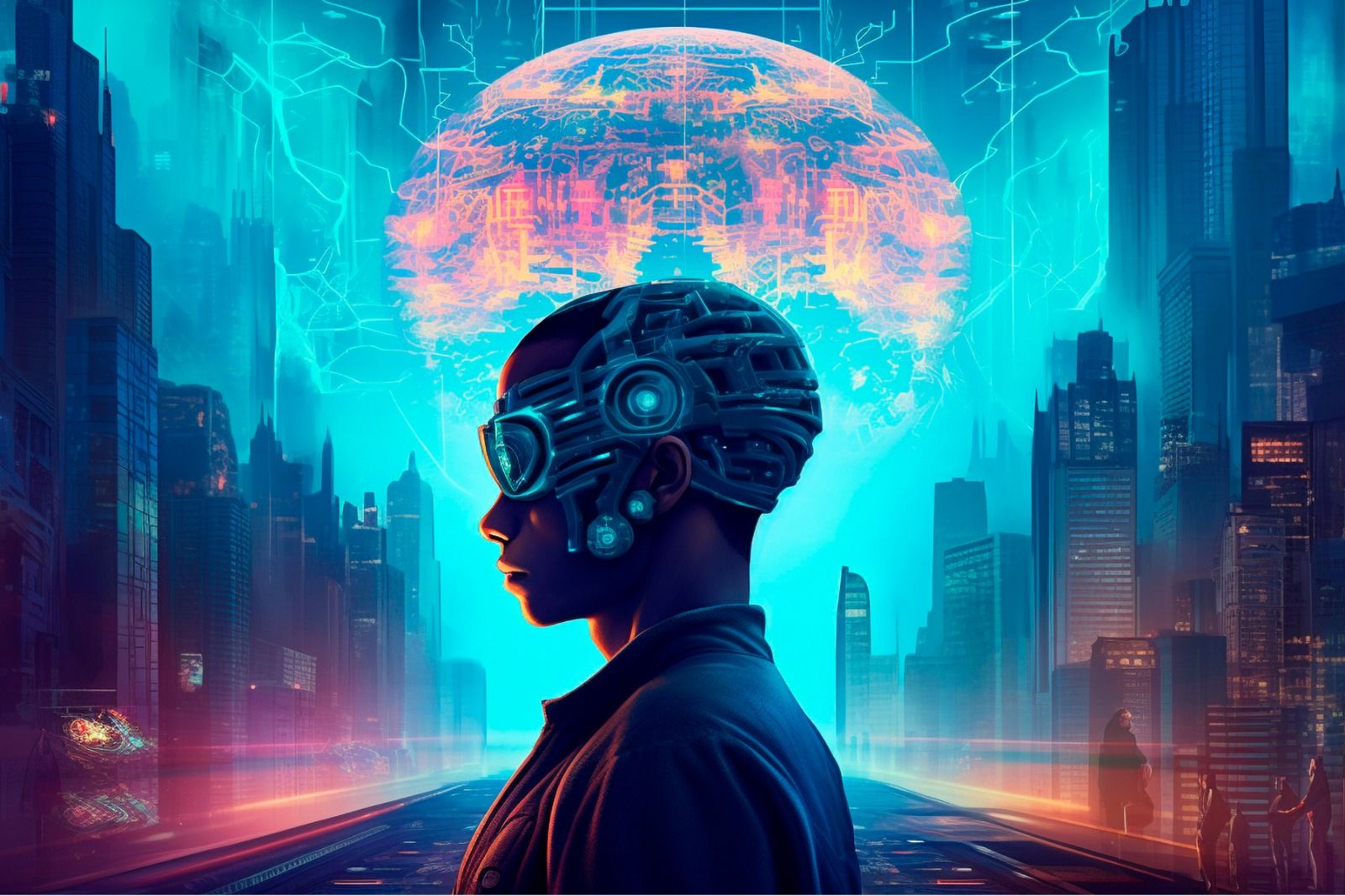Any organization having diverse business operations requires applications that can lighten the workload. Hence, organizations need consistent availability of different enterprise applications. Most organizations are using Windows-server for their day-to-day operations.
According to IDC, approximately 45% of servers that were shipped in 2019 globally were being run by Windows Operating System. This shows the possibility of a higher workload generated from Windows server-based applications across the world.
One cloud provider that is India’s very own is E2E Cloud. This cloud provider is gaining more and more appreciation from the end-users due to its reliability, low-cost, scalability, and enhanced security features while running the Windows-based applications.
In this article, we’ll have a closer look at the experiences of the E2E cloud platform's end-users. We also discuss end users' opinions and why they think the E2E Cloud is thoroughly optimized to handle the workload generated from the Windows server based applications.
Why do Some Users Hesitate to Switch to a Cloud?
There are two key types of workload suited for Windows server that you must know about. Any enterprise application built with .NET framework and any database application built with an SQL server falls under this category. There’s one thing common for both these applications. They deeply rely on the infrastructure frameworks for rapid performance, more robust security protection, and proper availability.
Another thing common about these applications is that they’re designed with a group of tightly coupled components. Let’s take the example of applications created with Model View Controller (MDC). For this design pattern, one can easily notice how components like controller and database backend and view and model are vigorously tied with each other.
If the example of Windows Server-based enterprise applications is taken, one can observe that the SQL server-based database is dependent on the storage cluster. This is done to ensure that availability is high and there’s proper data control. In fact, in that case, one can have a tough time considering the storage cluster's complex set-up. Many organizations hesitate to move all their information and databases to the cloud platform due to these complexities.
E2E Cloud is a smart choice for users who want to avoid unnecessary complexities. There are many features of E2E Cloud that make it the most fitting Cloud provider for running Windows applications. Here are a few reasons why many end-users are giving positive feedback to E2E Cloud.
E2E Cloud Comes with High Scalability and Continuous Data Protection Feature
Scalability is often in great demand among many start-ups as they’re constantly in need of upgrading the infrastructure if the demand increased. So, for them, the E2E cloud is perfect as it can offer the users scaling up in their operations. Further, the E2E network comes with a self-service portal so there is no need to wait for when somebody will help you out. Customers prefer that all resources are readily available at one place, and they can access necessary resources whenever they need. This has boosted the customers’ appreciation level to the highest degree.
Customers also prefer E2E network because of its continuous data protection service. In situations of disaster, E2E has helped its users with easy data recovery. Customers who were fond of data centers previously have explained that they could never avail similar facilities with their other data centers. The data recovery feature is a major reason why so many users are switching to the E2E Cloud.
The users also prefer why E2E offers them limitless back-up options. That’s a bonus for them.
Easy Deployment and Customer-centric Solutions
Customers prefer using the E2E Cloud because of its simple and fast deployment process. You must know that you can deploy several ready to use images with pre-installed scripts with a single click. Most customers are satisfied with this feature because they don’t have to be tech professional to handle E2E cloud. The user interface is responsive, and every feature is just a click away. This makes E2E a great choice among the users.
Customers’ needs and preferences is another major reason why so many users are trusting E2E cloud. E2E tries to understand the requirements of different users and accordingly, this brand offers different services. The level of customization and different types of series offered by E2E is a major reason why customers appreciate this brand.
Great Accessibility and Strong Security
When customers are opting for a cloud, they are looking for best possible accessibility. With the E2E Cloud, availing such features are possible. One of the major reasons why customers are getting tempted by the E2E Cloud is the options for accessing necessary datasets from anywhere and everywhere.
People also prefer E2E cloud because of its strong security features. E2E has a strong security policy.
E2E Cloud is a Great Option for Modernization
Most users believe that to modernize their workflows based on Windows; nothing can be a better alternative than E2E Cloud. This shows that most E2E Cloud users are satisfied and believe that migrating all enterprise applications to E2E Cloud is a good idea.
From insight into the users' opinions, it is understandable that most users are inclined towards Cloud Technology because of the modern and convenient features it offers and the swift migration functions it provides. Some users are even planning to switch off Windows permanently by replacing the Windows applications with Linux-based applications.
The Technical Potential of E2E Cloud are Top-notch
Enterprise end-users are also looking for an alternative with greater technology potential and E2E Cloud fill this gap. The E2E Cloud technology is recognized as technologically inclined. This is a decision-making factor for most end-users.
End-users who were previously accustomed to an on-premise server also have many features to look forward to with E2E Cloud. With E2E Cloud, end-users can easily choose VM sizes without affecting the cost-performance metrics of the end-users.
With E2E Cloud, sanctioning and installing the Microsoft Active Directory is also simpler.
Optimising Costs is also Possible with E2E Cloud
Cost optimization is also a significant decision-making factor for small and large enterprises.
Nevertheless, E2E Cloud customers are content with features like reserved IP, E2E Cloud API. The strategic application of these features can assist with cost control. The Windows Server 2016 can be run powerfully within the E2E Cloud network, an entire SSD platform. Users have already observed how E2E Cloud offers spectacular pricing packages and provides several opportunities to control costs.
10 available plans are ranging in the price bracket of INR 3 per hour to INR 108 per hour. The users select their desired options based on the requirements and the relevant prices.
Final Words
While concluding, it is important to note that E2E Cloud is indeed a desired choice for most respondents. As most enterprise personnel are switching towards a cloud framework for Windows, the E2E Cloud network can be a smart choice for them.
E2E Cloud network can be easily identified as a customer-centric option that eases the workload generated from Windows applications. The E2E Cloud infrastructure is recognized as a simple cloud infrastructure that can be operated by anyone. They can now switch to the cloud with the least challenges involved.
For free trial please click here :- http://bit.ly/3hyNiWB









